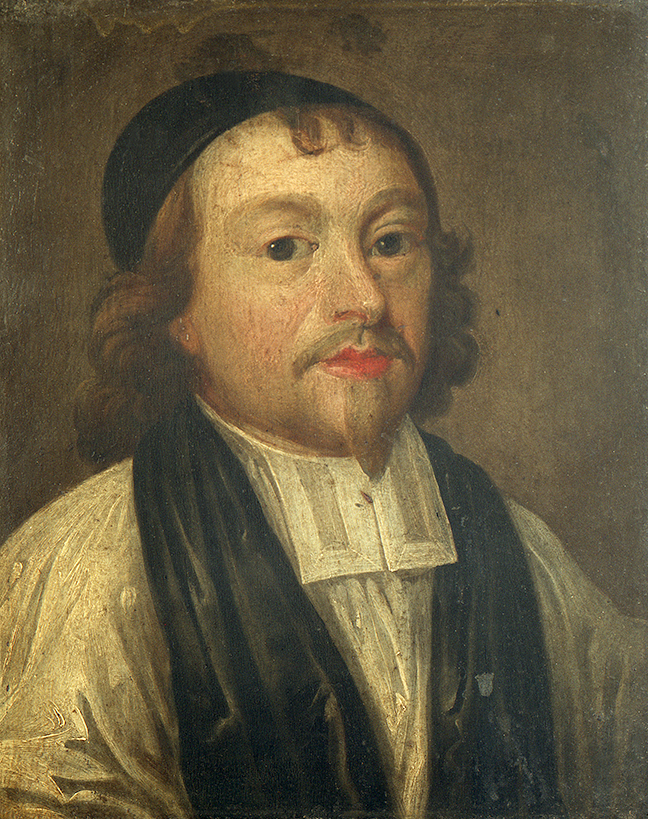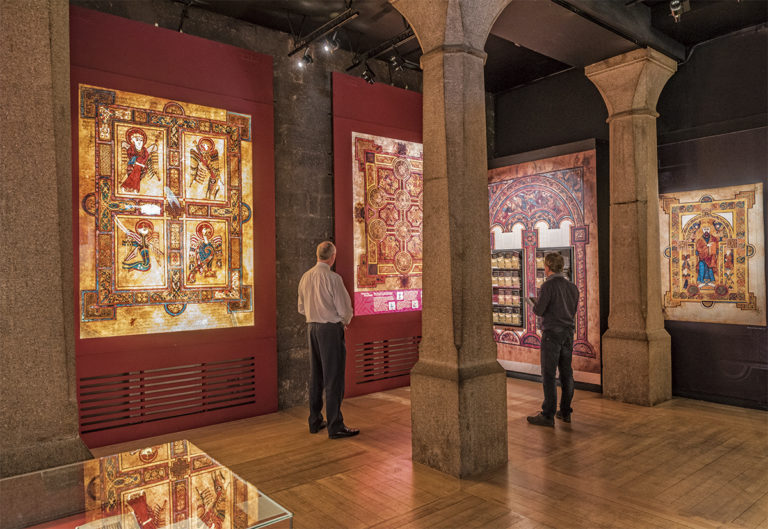Home / History / Irish History / The Book of Kells: Exploring an Irish Medieval Masterpiece / The Book of Kells at Trinity
This article is from the free online
The Book of Kells: Exploring an Irish Medieval Masterpiece


Reach your personal and professional goals
Unlock access to hundreds of expert online courses and degrees from top universities and educators to gain accredited qualifications and professional CV-building certificates.
Join over 18 million learners to launch, switch or build upon your career, all at your own pace, across a wide range of topic areas.

 Fig 1. Henry Jones. © The Board of Trinity College, University of Dublin.
Fig 1. Henry Jones. © The Board of Trinity College, University of Dublin.
 Fig 2. The Long Room of Trinity Old Library at the end of the nineteenth century. The cases with curtains contained manuscripts. © Royal Society of Antiquaries of Ireland.
Fig 2. The Long Room of Trinity Old Library at the end of the nineteenth century. The cases with curtains contained manuscripts. © Royal Society of Antiquaries of Ireland.
 Fig 3. The Book of Kells exhibition at Trinity College. © The Board of Trinity College, University of Dublin.
Fig 3. The Book of Kells exhibition at Trinity College. © The Board of Trinity College, University of Dublin.
 Fig 4. Non-invasive analysis of pigments in the Book of Kells, part of ongoing research at
Fig 4. Non-invasive analysis of pigments in the Book of Kells, part of ongoing research at 





